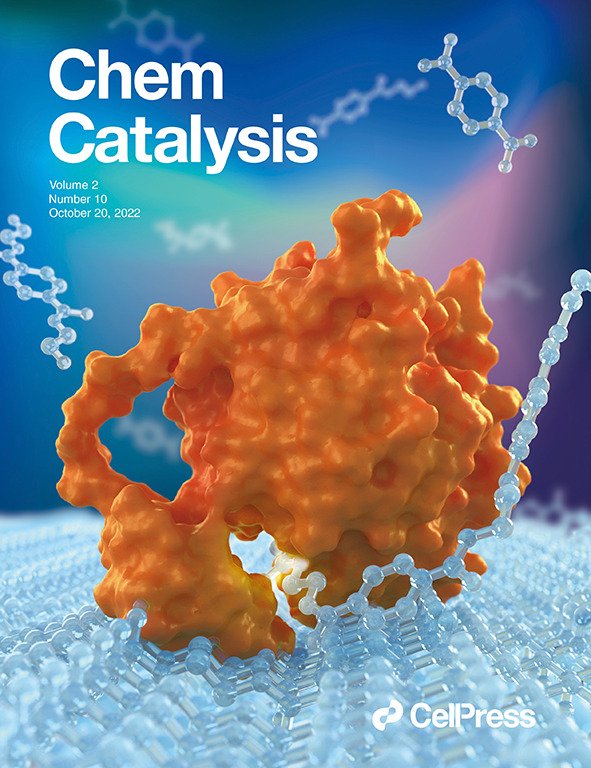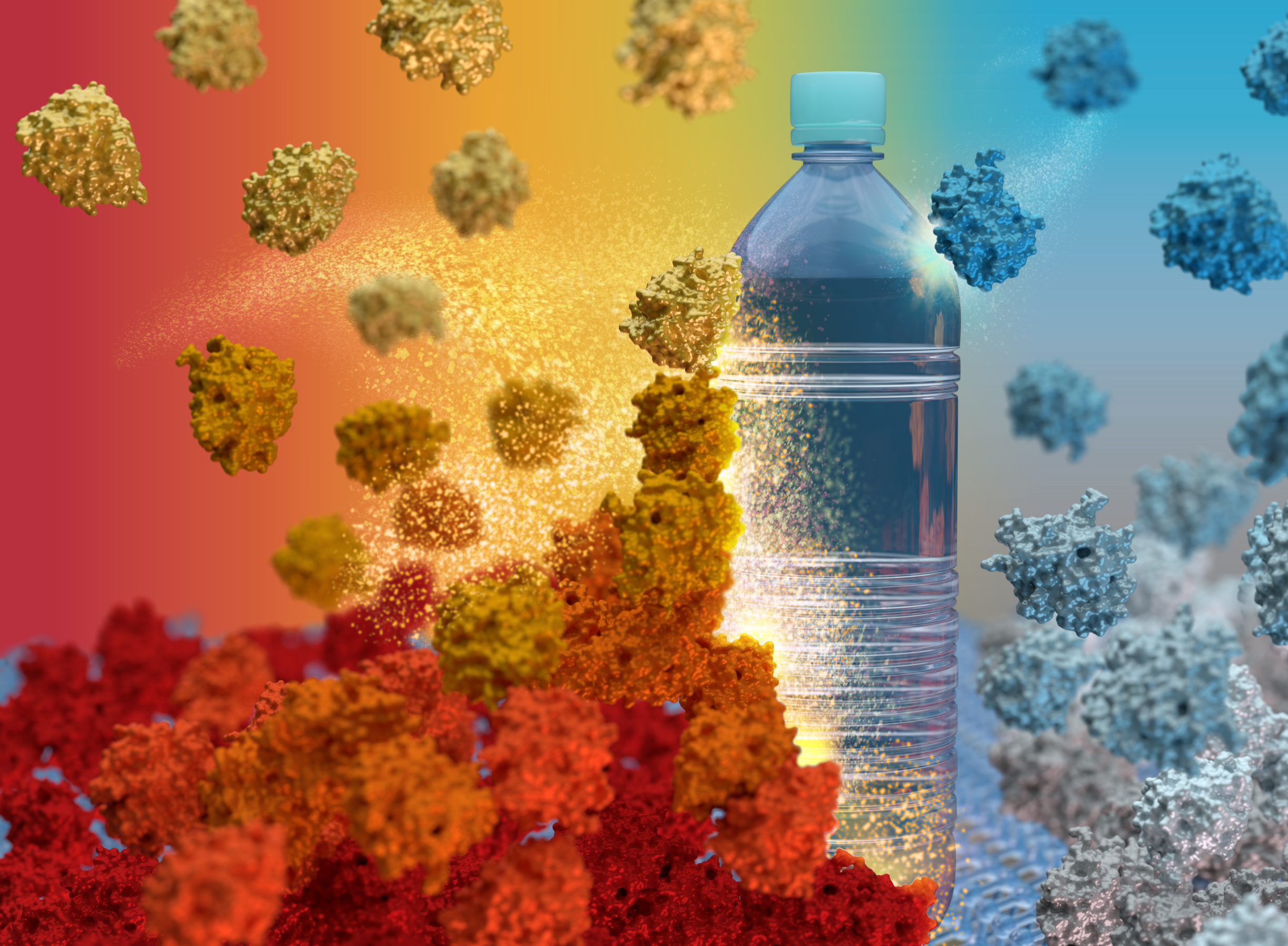Journal Covers
Process images & links to illustrated papers
Nature Reviews Chemistry, October 4, 2024
“Accessing monomers from lignin through carbon–carbon bond cleavage”RSC Green Chemistry, June 7, 2024
“Subcritical CO2–H2O hydrolysis of polyethylene terephthalate as a sustainable chemical recycling platform”ACS Central Science, December 27, 2023
“Autoxidation Catalysis for Carbon–Carbon Bond Cleavage in Lignin”RSC Energy & Environmental Science, September, 2023
“Techno-economic analysis and life cycle assessment for catalytic fast pyrolysis of mixed plastic waste”Chem Catalysis
October 20, 2022
“The role of binding modules in enzymatic poly(ethylene terephthalate) hydrolysis at high-solids loadings”Joule, October 19, 2022
“Continuous hydrodeoxygenation of lignin to jet-range aromatic hydrocarbons”A note on this cover and generative AI: While working on this Joule cover, with a two week completion deadline, Midjourney AI became available to the public. In a moment of insecurity, I decided to use Midjourney to generate the trees in the background of this image rather than illustrate them myself. Like most people at the time, I had no prior familiarity with generative AI. I had no idea about it’s environmental and energy use impact, the fact that it was trained on stolen work (my own included) without permission, and how it would quickly come to threaten both my own career and the livelihood of artists all over the world. I couldn’t have foreseen how it would go on to pollute the entire internet with low quality visual slop, or how it would contribute to the continued blurring of lines between reality and fiction when judging the veracity of information on the internet.
I now strongly believe that generative AI is a net negative for society, and that generative AI of any kind has no place in the sciences, especially in depicting scientific concepts where accuracy is critical. This journal cover may in fact be the very first published scientific journal cover to use generative AI imagery, and I am not proud of it. Many journals have rightfully outright banned the use of generative AI in published art and figures, but many more have actively embraced it as a means to solicit more money from authors who want to promote their research. I will not remove this cover from my portfolio, in part, because I’m still proud of the many hours of work I put in designing it that did not involve generative AI, and because hiding it serves no purpose. Keeping it up will provide an opportunity to educate others on how generative AI impacts the scientific community and world at large, and hopefully encourages anyone reading to think twice and learn more about the negative impacts of generative AI before they choose it over hiring a human artist, even if it’s not me.
-Rita
ChemSusChem, January 10, 2022
“Comparative Performance of PETase as a Function of Reaction Conditions, Substrate Properties, and Product Accumulation”Nature Catalysis, February 25, 2022
“Critical enzyme reactions in aromatic catabolism for microbial lignin conversion”Graphical Abstracts

































